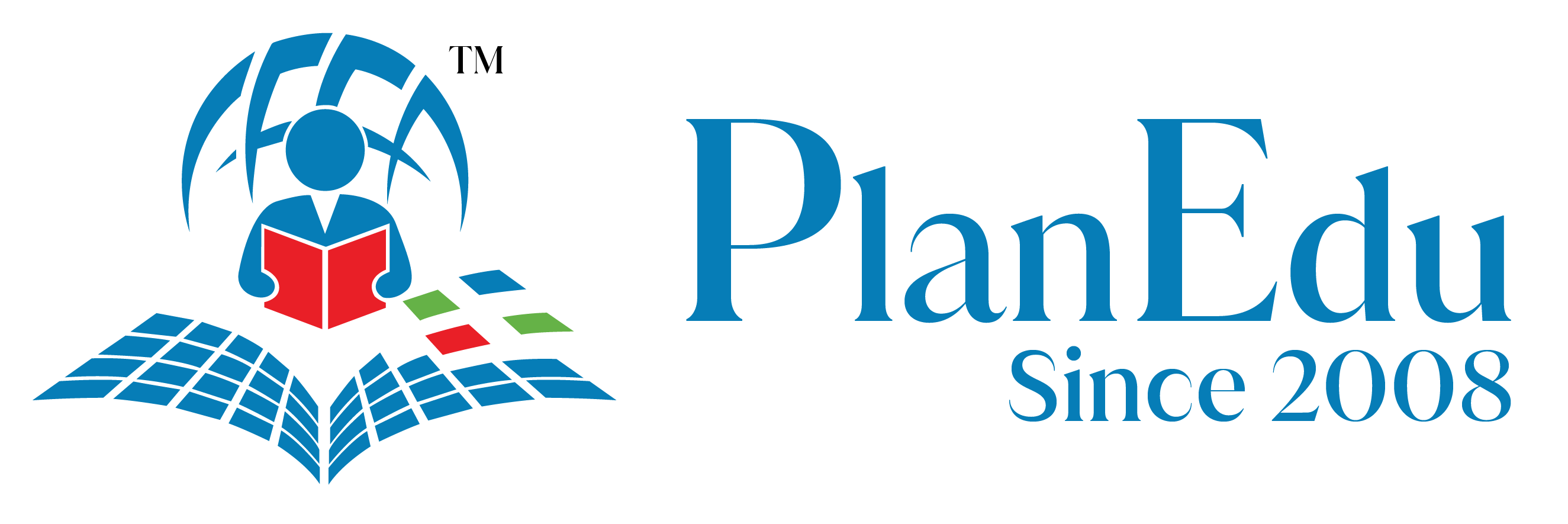Nobel Prize in Physics 2024: Princeton & Toronto Professors Win for Neural Network Breakthroughs
The Nobel Prize in Physics for 2024 has been awarded by the Royal Swedish Academy of Sciences to John J. Hopfield of Princeton University, USA, and Geoffrey E. Hinton of the University of Toronto, Canada for their remarkable work in the field of machine learning, particularly with artificial neural networks, has put a great impact on modern technology.
Both laureates were honored for their essential discoveries and innovations that have played a critical role in advancing modern machine-learning systems. Their research not only contributed significantly to artificial intelligence but also brought about a transformation in how neural networks, modeled after the brain's structure, are applied in technology.
Pioneers of Neural Networks
John J. Hopfield
John J. Hopfield is renowned for creating an innovative associative memory model that can store and recall patterns, like images, from data. His model, known as the "Hopfield network," draws on concepts from physics—specifically atomic spin systems—to store patterns as stable, low-energy states. When given incomplete or distorted information, the network adjusts its nodes step by step to accurately reconstruct the original pattern.
Geoffrey E. Hinton
In particular, Geoffrey E. Hinton extended Hopfield's research by developing the Boltzmann machine—a novel neural network model designed to detect patterns in data. By combining methods from statistical physics, Hinton's model enhanced the capacity of machines to autonomously classify images and learn from data, covering the way for the rapid progress we see today in machine learning technologies.
Legacy and Impact
The Nobel Committee emphasized the far-reaching impact of the laureates' work, which has already led to practical uses in physics, such as designing new materials with tailored properties. Their innovative contributions, dating back to the 1980s, have played a crucial role in the rise of artificial intelligence, influencing areas like image recognition and autonomous systems.
The prize, worth 11 million Swedish kronor, will be equally split between the two winners. Their innovative research continues to push the boundaries where physics meets machine learning, opening the door for future breakthroughs. To learn more about this year's Nobel Prize in Physics, you can visit the official websites of the Royal Swedish Academy of Sciences and the Nobel Prize.
Follow PlanEdu for educational updates
